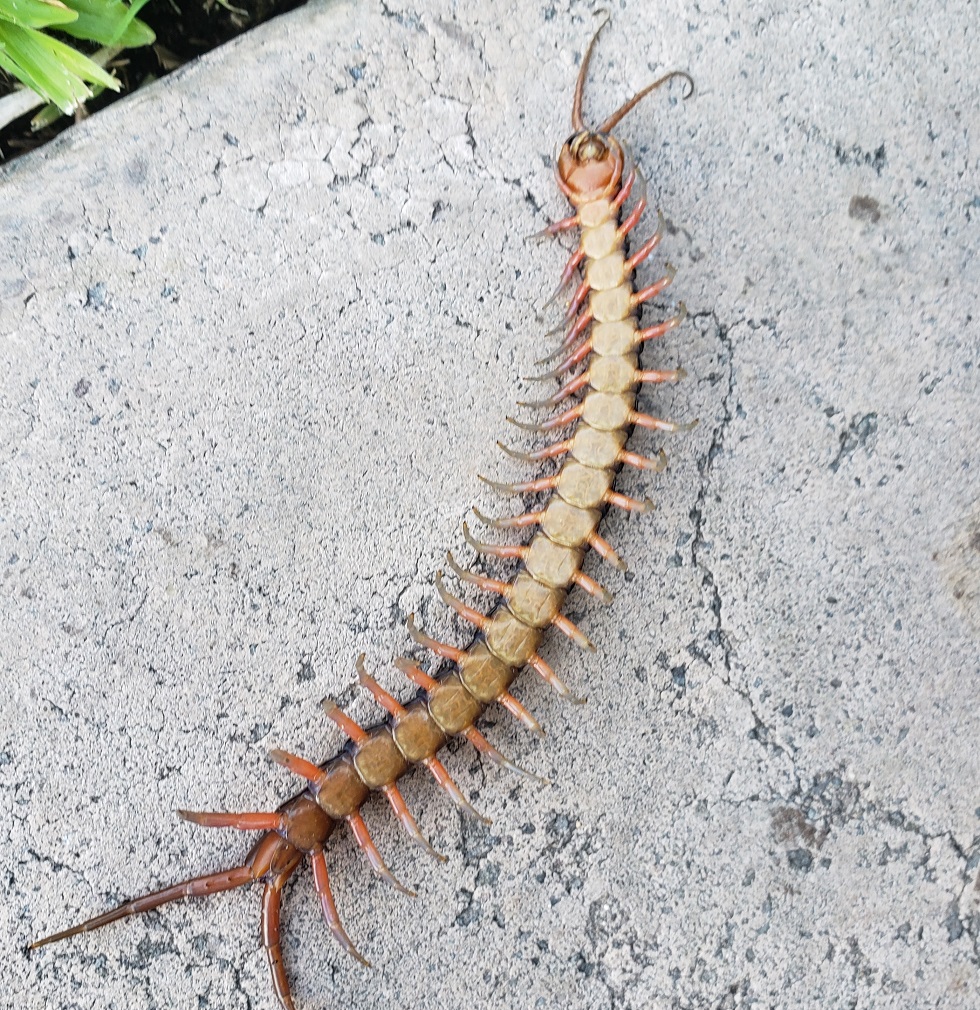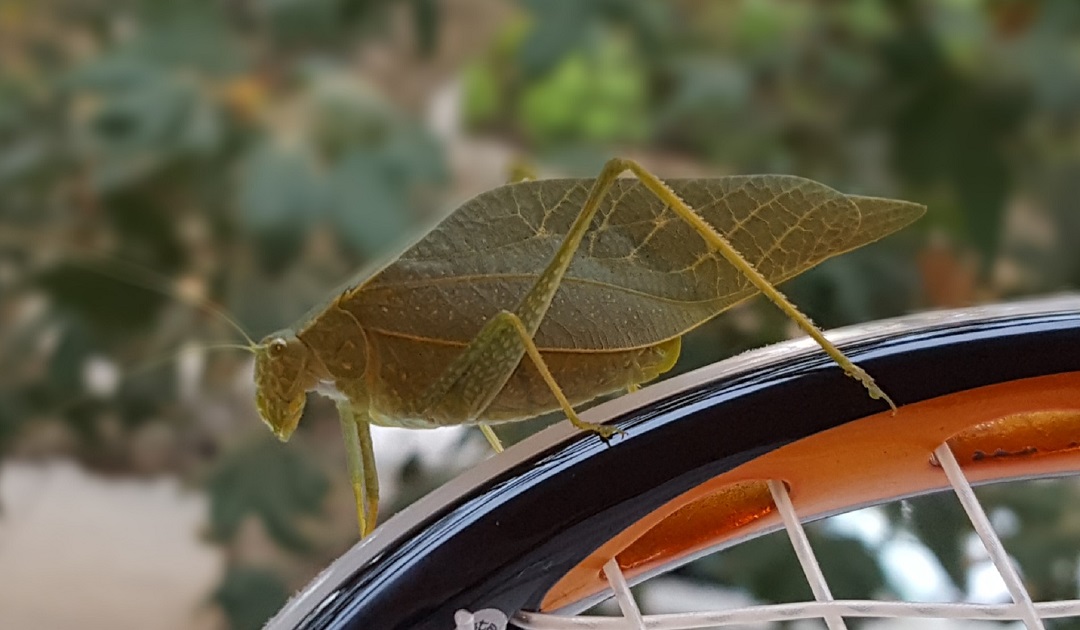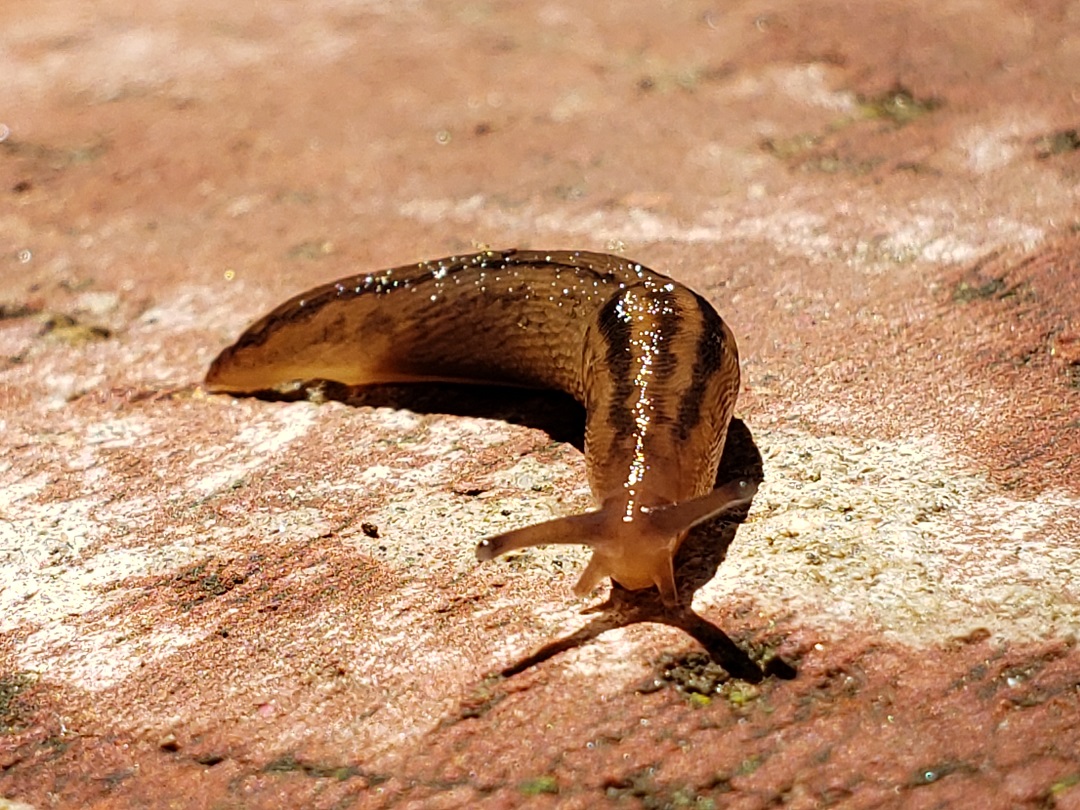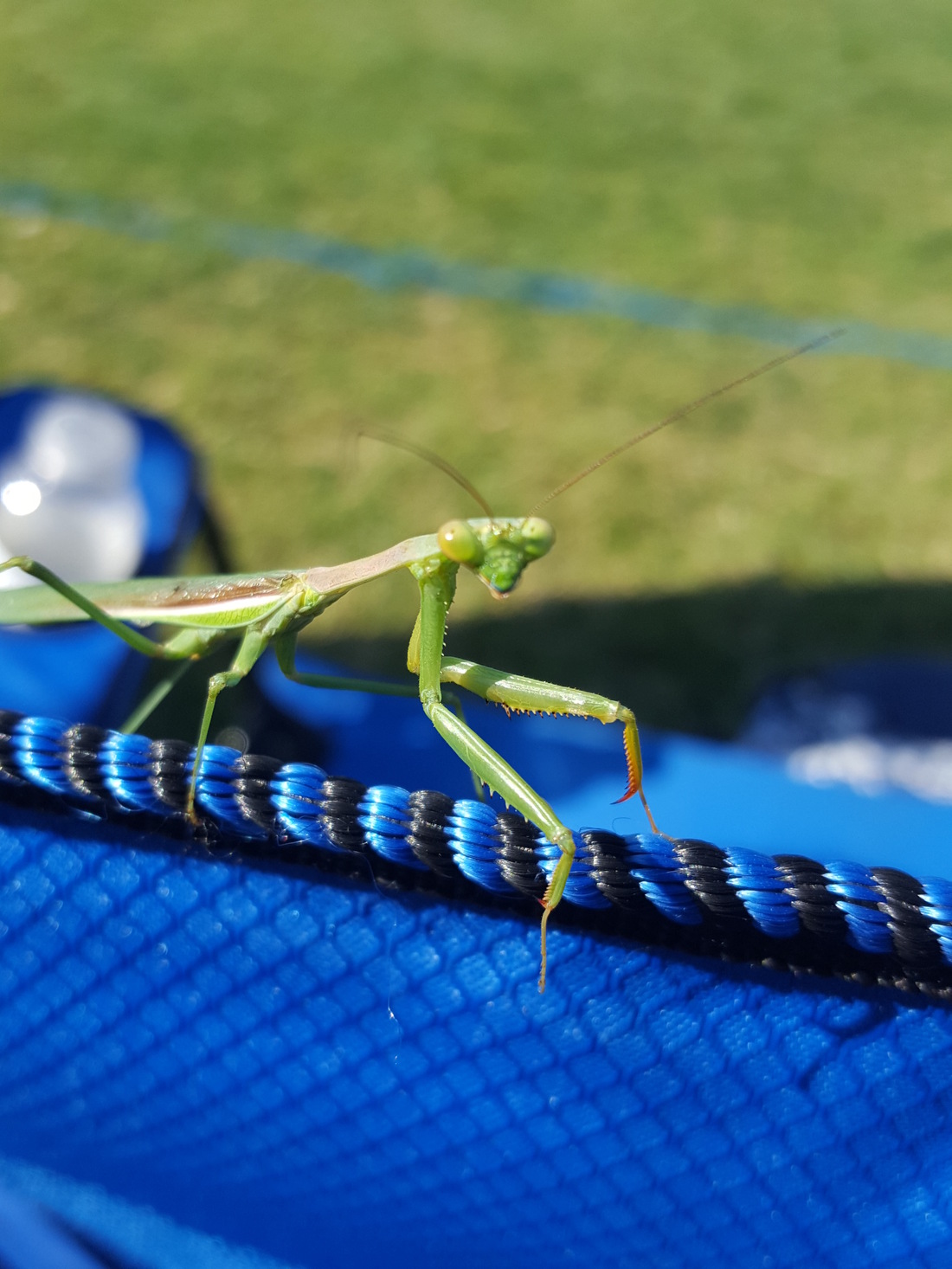Look What They Found Under This House
In a small house near the Everglades swamp in Florida, building inspectors were doing a routine inspection and found a few items they weren't expecting. The Everglades is home a wide variety of species, including reptiles, insects and water fowl. But what make this discovery noteworthy is that none of these creatures is native to Florida. In fact, they aren't even native to North America.
The Motorbike Frog (Litoria Moorei) is native to Australia and has become under threat from climate change in Australia, which is to blame for the recent wildfires down under. L. moorei is able to camouflage and disguise itself quite well, and ranges in color from dark brown to dark green. Its underside/belly is lighter in color, and usually ranges from pale green to pale brown. The light green color its legs distinguishes this species from its cousin, Litoria cyclorhyncha, which is darker and spotted with yellow. Like other tree frogs, its toe pads enable it to climb smooth vertical surfaces. Its hind legs are powerful, and the toes are webbed. During mating season, the males develop black nuptial pads that enable them to cling to the females' backs during amplexus. These pads can be up to 7 cm in length. The tadpole's body is a uniform dark brown above with a silvery sheen below; initially minute in size, they grow to a very large 80 mm in length. The tadpoles usually hide in thick vegetation, but are easily encouraged out of hiding when food is presented. Despite being a tree frog, L. moorei seldom climbs higher than 2 or three feet off the ground, on plants, shrubs, brick walls, or windows. Their diets consist mainly of arthropods, but also include smaller frogs, including juveniles of the same species. The tadpole's main diet is algae, but they also eat animal matter when available. Tadpoles, like adult frogs, sunbathe for one or two hours each day for healthy growth. A wide and populous distribution through lakes and swamps has readily incorporated garden ponds and farm dams, where they are often found sunbathing on the upper leaves of plants. They can live without water for extended periods of time.

In addition to the frog, a giant poisonous centipede species from Thailand known as the Pattaya Centipede or Chinese Red headed Centipede was also found at the site in Florida. These frightening insects have powerful pincers and jaws that can pack a powerful bite that can be extremely painful and potentially fatal. This insect secretes a powerful venom that can easily kill other creatures, and lead to serious illnesses in humans. The one they found in Florida (pictures above) was over 12 inches long.

They also found a giant leaf bug called El Diablo

This poisonous slug also from Australia was also found at the Florida residence, which prompted officials to speculate that collectors of exotic animals were stock piling slugs possible to feed to other animals. This slug from Australia can be quite dangerous to humans if ingested. They are covered in a slime that it secretes that contains a dangerous toxin designed over centuries of evolutionary changes to ward off natural predators. hey are also known to carry parasites that can find a new host when the slug is eaten.

This Praying Mantis pack a wallop with its poisonous bite that can cause skin irritation and scarring


